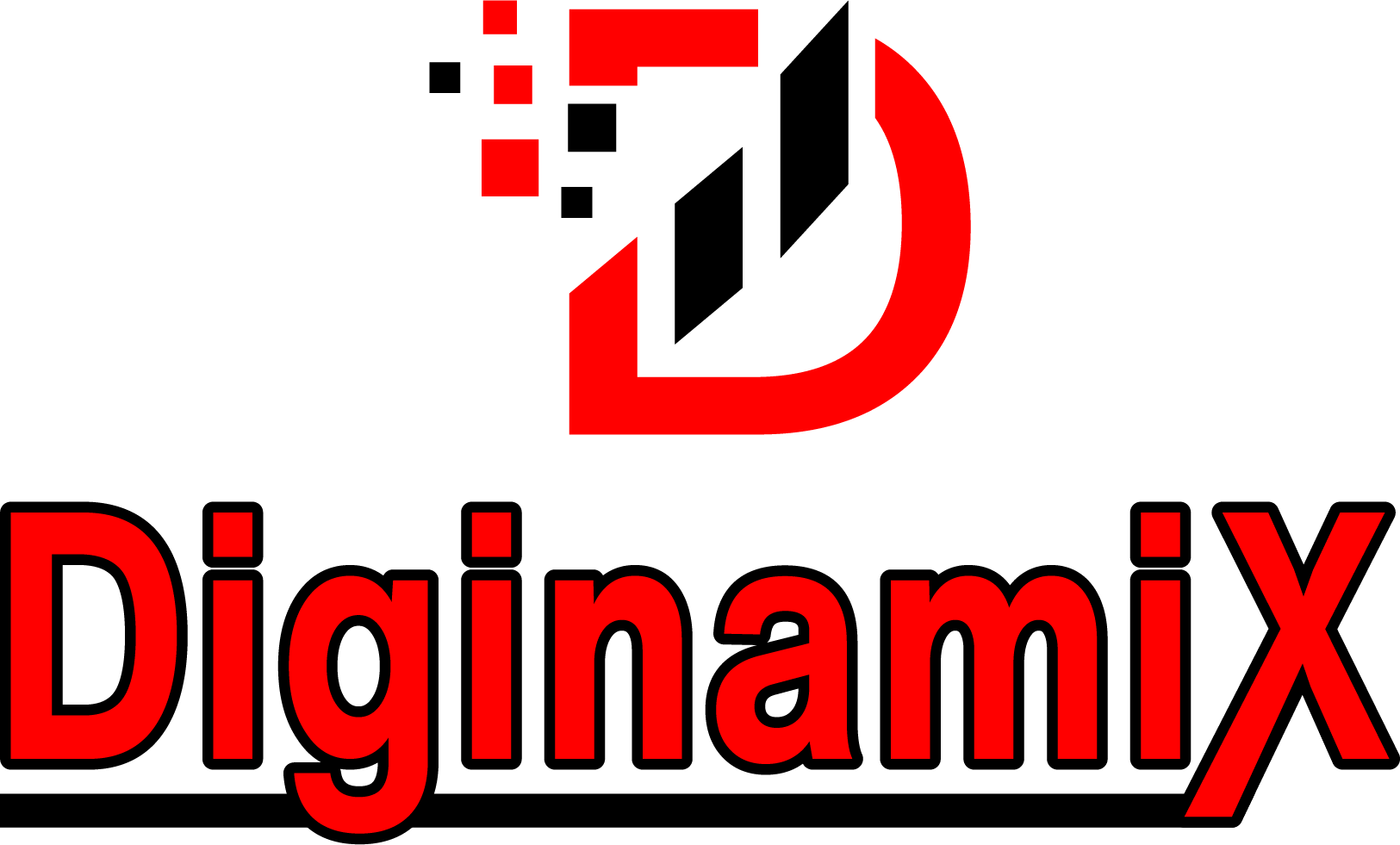Key Insights from the 2024 WordPress Security Report by WPScan
WordPress security scanner WPScan recently released their 2024 WordPress Vulnerability Report, shedding light on the current state of WordPress security and the types of vulnerabilities that continue to plague websites running the popular content management system.
Key Findings from the 2024 Report
The WPScan report highlighted several key trends and statistics:
- Just over 20% of reported vulnerabilities were classified as high or critical severity threats. While this is an improvement from previous years, it still represents a significant risk.
- The majority of vulnerabilities (67%) were rated as medium severity. Many website owners mistakenly treat medium level issues as low priority, but they deserve prompt attention to maintain strong security.
- SQL injection vulnerabilities accounted for 20.64% of all issues reported, representing the second most common type of flaw after broken access control. SQL injection is considered both high severity and high risk, especially when minimal authentication is required, as attackers can potentially access and manipulate the WordPress database.
- Vulnerabilities that can be exploited by unauthenticated users with no privileges made up 12.35% of reported issues. Another 10.4% could be exploited by users with only subscriber level access. This means even low-level user accounts present a real security risk if vulnerabilities exist.
Recommendations for WordPress Site Owners
While the WPScan report findings may seem dire, the reality is that most WordPress vulnerabilities can be mitigated through diligent maintenance and security best practices:
- Always keep your WordPress core, themes, and plugins updated to the latest versions. Applying security patches promptly is critical.
- Be selective about the themes and plugins you install. Stick to reputable sources and avoid abandoned or unmaintained extensions.
- Implement strong password policies and consider enabling two-factor authentication for an extra layer of login security.
- Regularly monitor your site for signs of compromise or suspicious activity. Automated scanning tools can help identify issues.
- Consider using a web application firewall (WAF) to provide proactive protection against common threats like SQL injection and cross-site scripting.
Although new vulnerabilities in WordPress core, themes and plugins are discovered regularly, following security fundamentals can greatly reduce your site's risk. Stay informed about emerging threats, keep your site well-maintained, and make security a priority. With the right approach, you can keep your WordPress site safe from compromise.
At DiginamiX, we understand the challenges of securing WordPress websites against constantly evolving cyber threats. Our team of experts is here to help you implement strong security measures to protect your site and your business. Contact us today to discuss your WordPress security needs and how we can assist.
View the full report
here.



















